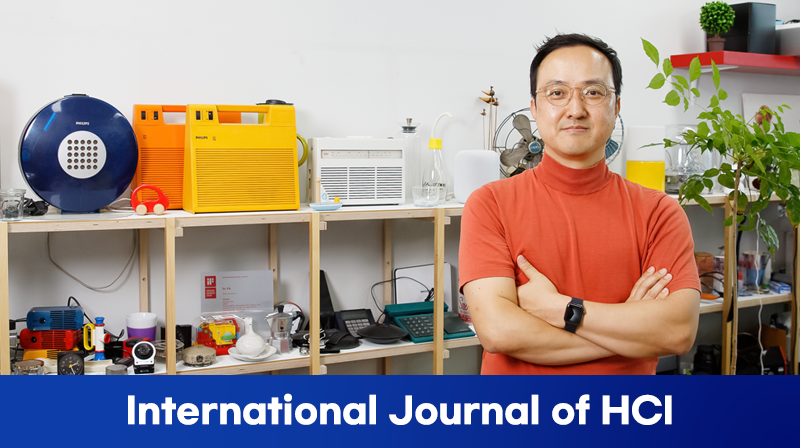Abstract
This paper investigates the effects of experiencing diverse positive emotions in technology use on users’ well-being, referred to as positive emodiversity. We examined technology’s role in facilitating positive emodiversity and well-being through a questionnaire study (N = 116; 580 example cases), in which three sources of emotions were considered: technology as an object, instrument, or enabler. Further, we evaluated how technology-supported hedonic and eudaimonic pursuits are associated with well-being. A regression analysis showed that increased positive emodiversity leads to increased well-being (p<.001). The effect was predicted by the three sources and both hedonic and eudaimonic pursuits. When engaged in positive activities enabled by technology, users experienced more diverse positive emotions, increasing their well-being. The study offers new understandings of the relationships between technologies, emodiversity, and well-being, and provides evidence that designing for a wide diversity of positive emotions, as opposed to generalized pleasure-displeasure distinction, can enrich users’ experiences, enhancing their well-being.
A recent study, led by Professor Chajoong Kim in the Department of Design at UNIST has investigated, for the first time, how the diversity of positive emotions mediated by everyday technologies (both tangible and digital) affects users’ well-being.
In this study, Professor Kim examined the effects of emotional complexity, focusing on diverse positive emotions stimulated by everyday technologies. To do so, the research team took a fine-grained perspective on the roles that technologies play in stimulating a higher level of positive emodiversity by considering the three different sources of positive emotions: (1) Object, (2) Instrument, and (3) Enabler. They, then, evaluated how technology-supported hedonic and eudaimonic pursuits are associated with well-being. In total, 580 cases were collected (116 participants × 5 technologies).
Their findings unveiled that when users engage in positive activities supported by a technology (i.e., an enabler), they tend to experience more diverse positive emotions, and increased positive emodiversity leads to increased well-being. According to the research team, the main contribution is the establishment of initial evidence that greater diversity in positive emotions in technology use can enhance the well-being of users.

Figure 1. Figure 1. Research scheme: Positive emodiversity facilitated by technology and its influence on well-being.
Their findings unveiled that when users engage in positive activities supported by a technology (i.e., an enabler), they tend to experience more diverse positive emotions, and increased positive emodiversity leads to increased well-being. According to the research team, the main contribution is the establishment of initial evidence that greater diversity in positive emotions in technology use can enhance the well-being of users.
“[W]e conclude that users’ well-being can be better supported by designing for a wide diversity of positive emotions that transcend the traditional unitary concept of pleasure-displeasure distinction,” noted the research team. “We hope that this paper will serve as a good starting point for further investigation into the impact of technology on emotional complexity and well-being, and the development of methods and tools that assist designers to make a positive impact through their designs.”
The findings of this research have been published in the September 2022 issue of International Journal of Human-Computer interaction. This study has been carried out in support of the National Research Foundation of Korea (NRF), as well as in collaboration with Professor JungKyoon Yoon from the Cornell University in the United States.
Journal Reference
JungKyoon Yoon and Chajoong Kim, “Positive Emodiversity in Everyday Human-Technology Interactions and Users’ Subjective Well-Being,” Int. J. Hum.-Comput. Interact., (2022).












